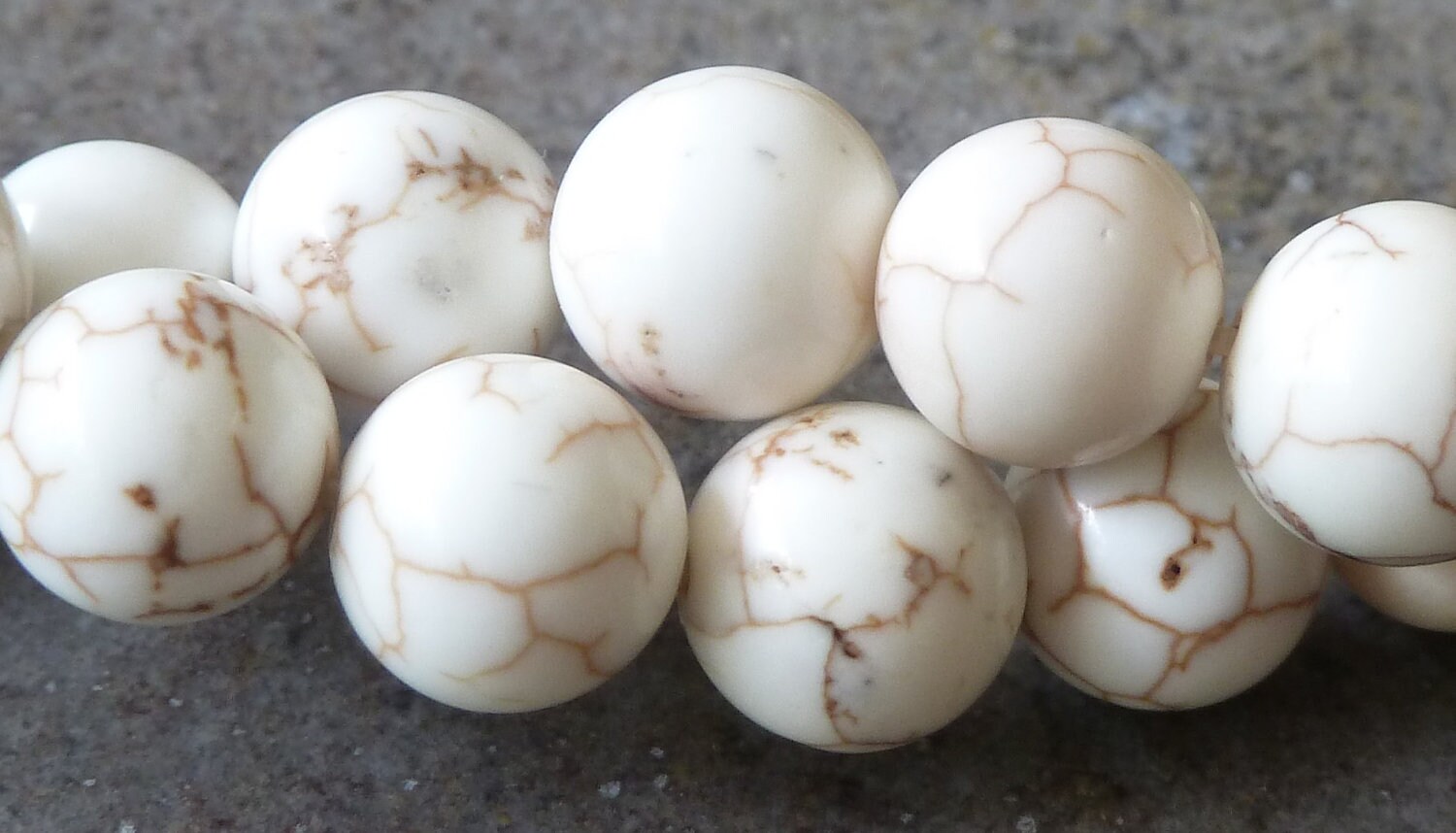

Kidneys produce cystine, a type of amino acid, and in people with cystinuria, this amino acid leaks through the kidneys and into the urine.Ĭystine stones are compact, partially opaque, and are amber. Cystine stonesĬystine stones are the result of cystinuria, which is a condition that can pass down through families.
:max_bytes(150000):strip_icc()/pyrite-3992394_1920-419057b9bfed452c8e1b646e245329c6.jpg)

Struvite stones are the next most common type of kidney stones, with 7–8% of people worldwide having them. Some of these stones may be hard on the outside, but softer on the inside as they consist of different types of uric acid and calcium oxalate monohydrate. Uric acid stones are usually pebble-like in appearance. Uric acid stonesĪccording to a 2018 article, uric acid stones account for 3–10% of kidney stones. However, a kidney stone formed out of calcium oxalate with COM crystals, which is more common, will have a smooth surface.Īnother crystal, brushite, forms little rosettes of very thin, sharp crystals.Īnother crystal, brushite, forms little rosettes of very thin, sharp, crystals. One 2016 article states that calcium stones are the most common type of kidney stones.Ĭalcium stones contain calcium oxalate, calcium phosphate, or a combination of the two.Ĭalcium oxalate stones consist of calcium oxalate dihydrate (COD), and calcium oxalate monohydrate (COM).Ī kidney stone made out of calcium oxalate with COD crystals will have jagged edges. There are four main types of kidney stones. What are the different types of kidney stones?


 0 kommentar(er)
0 kommentar(er)
